Discover insights, tips, and stories from the skies — from aircraft buying guides to pilot training.

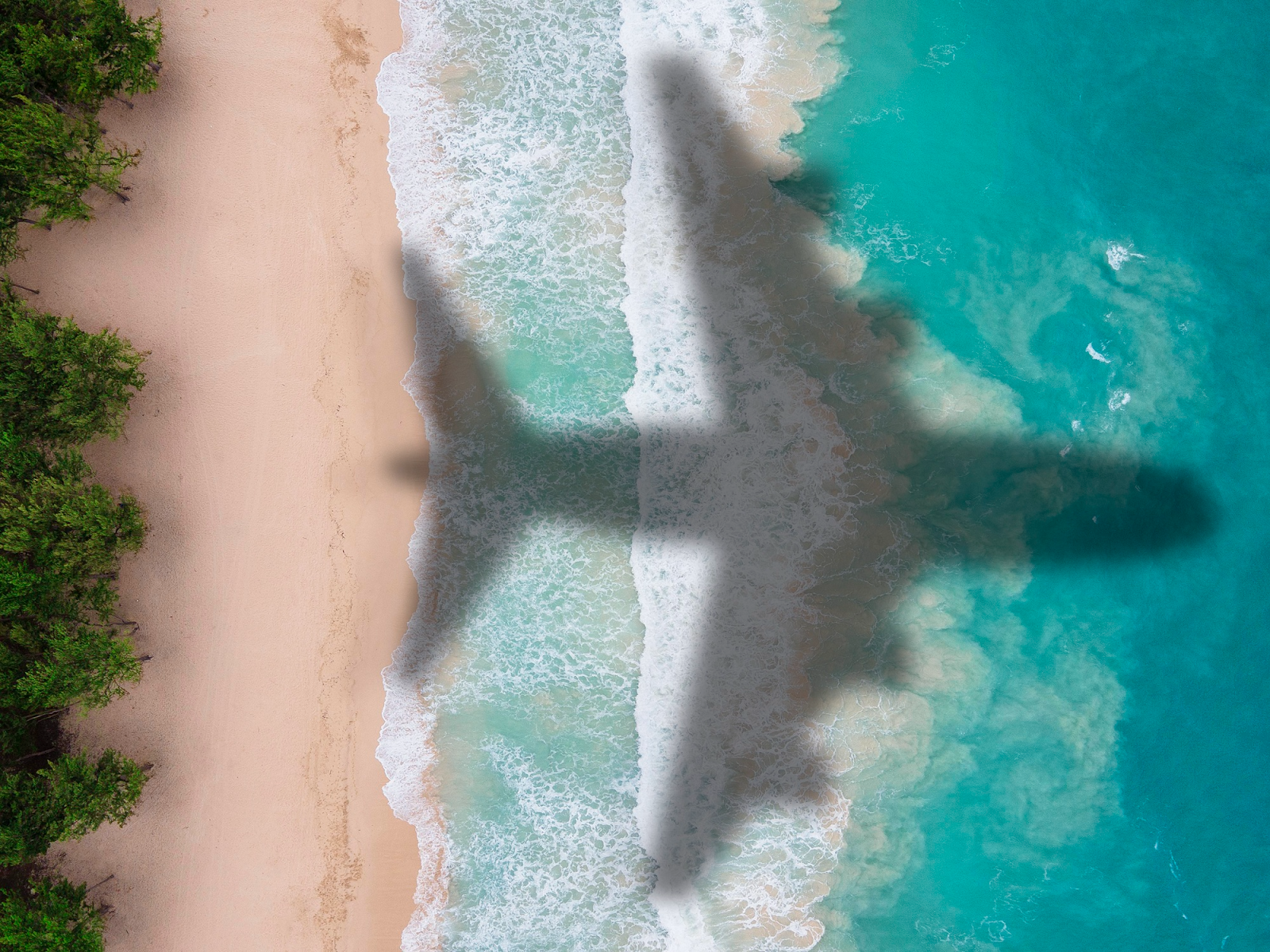
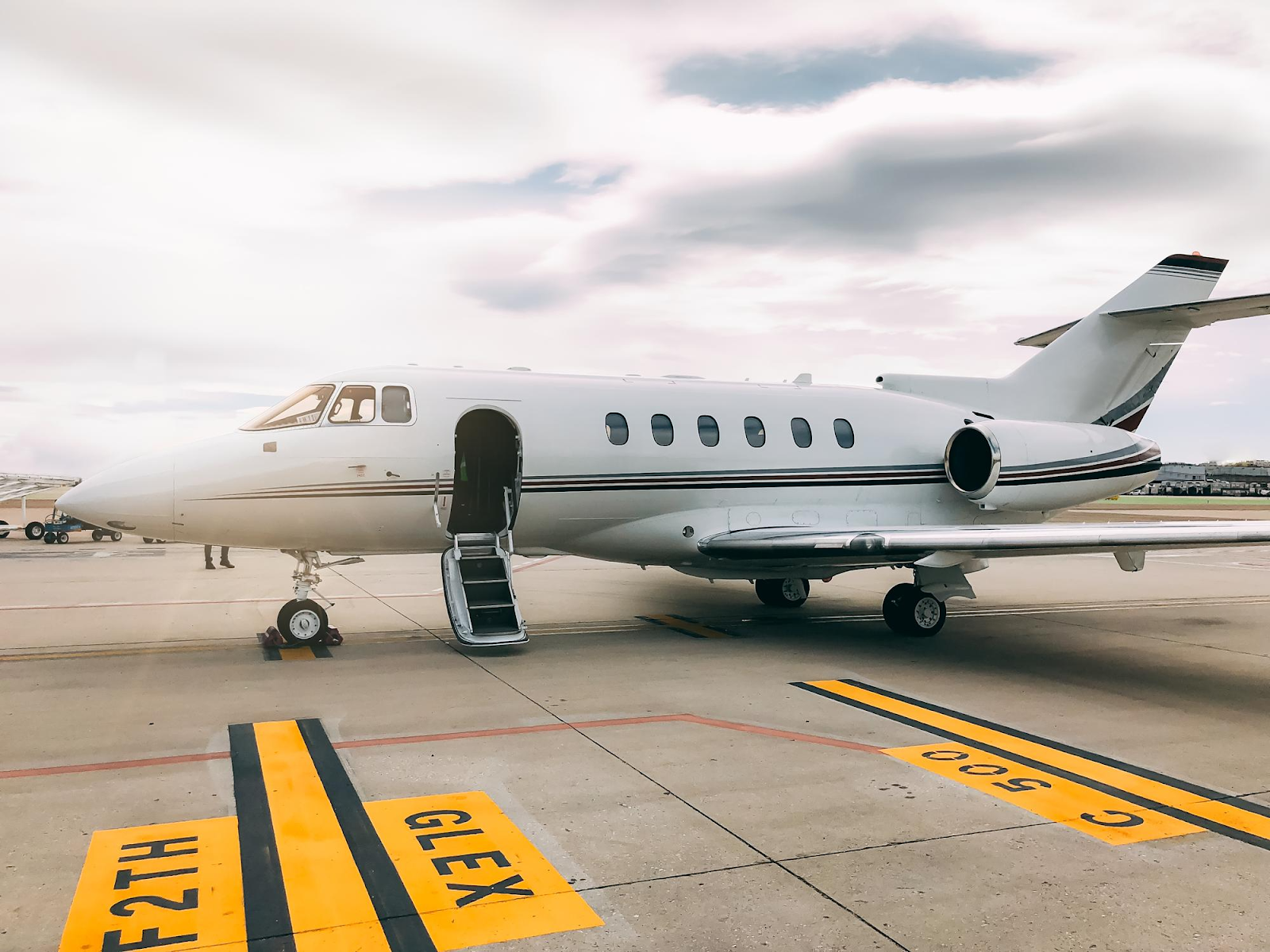
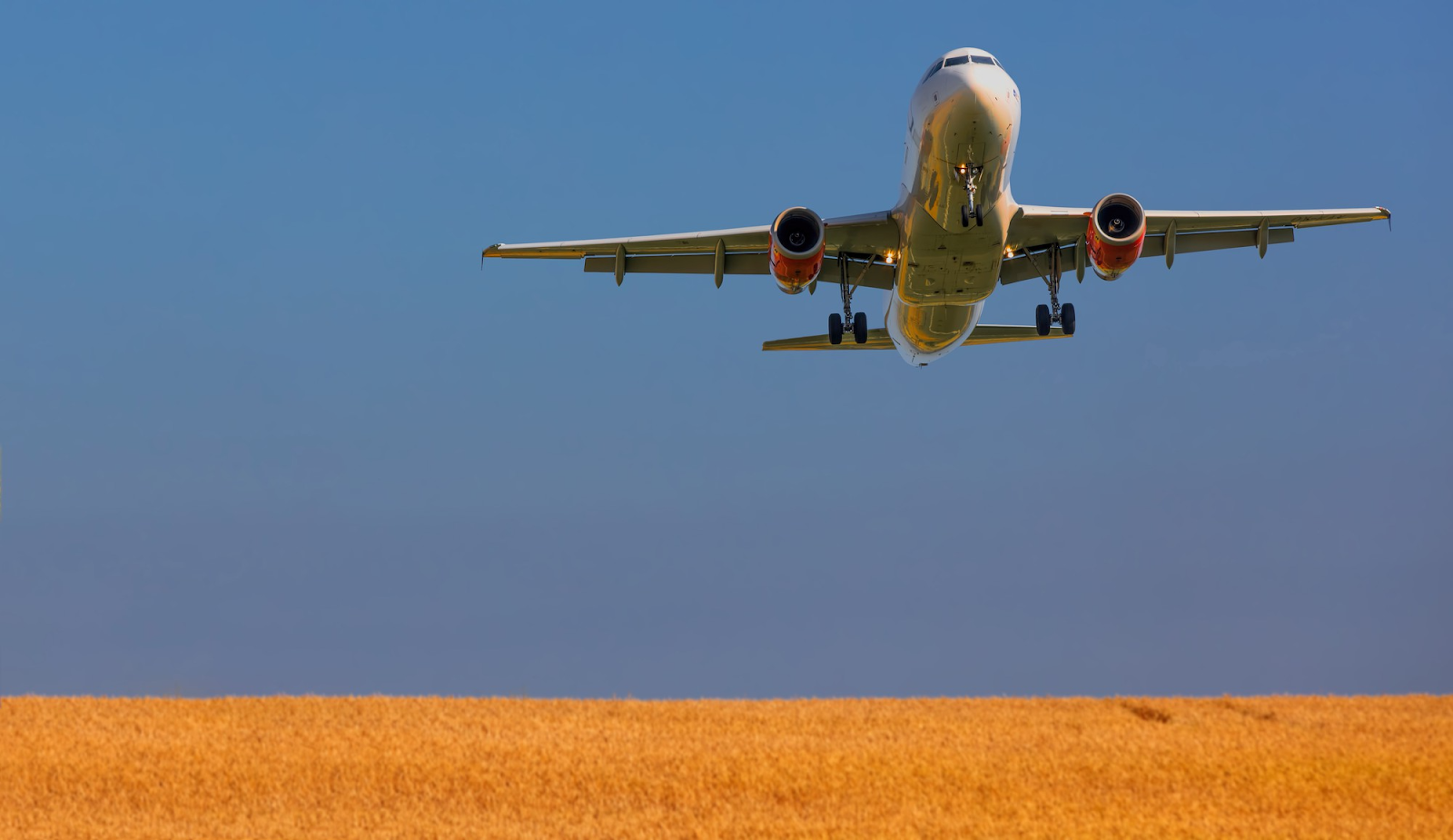

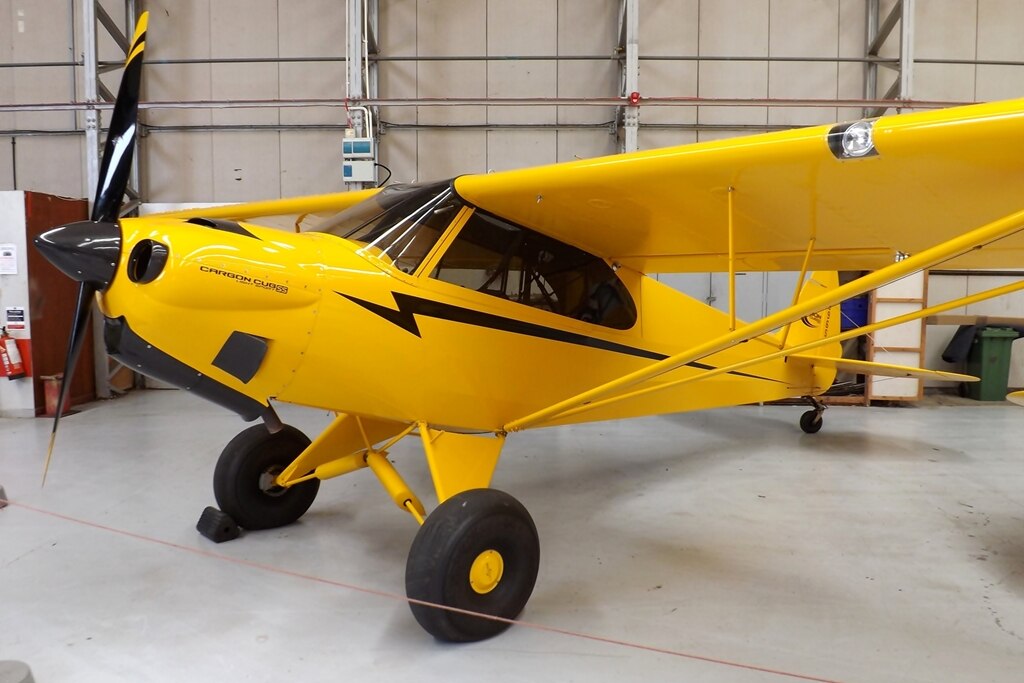
Published: August 13, 2025
Flying into wild and remote places takes a special kind of airplane. These machines are built to rise off the ground in just a few hundred feet and return safely on short or rough strips of dirt, grass, or gravel.
Many people call them STOL aircraft, and they are prized in the world of aviation because they open doors to places far away from big cities and paved runways.
At STOL competitions in Alaska, some pilots have even managed combined takeoff and landing runs of only about 78 feet—shorter than a basketball court!
If you have ever dreamed of flying into a hidden valley, landing near a riverbank, or visiting mountain backcountry airstrips, you will quickly see why pilots love these planes.
The thrill is in the challenge, but the reward is the freedom to reach areas that normal airplanes cannot.
Before we look at the 9 best STOL aircraft, let’s start with the basics.
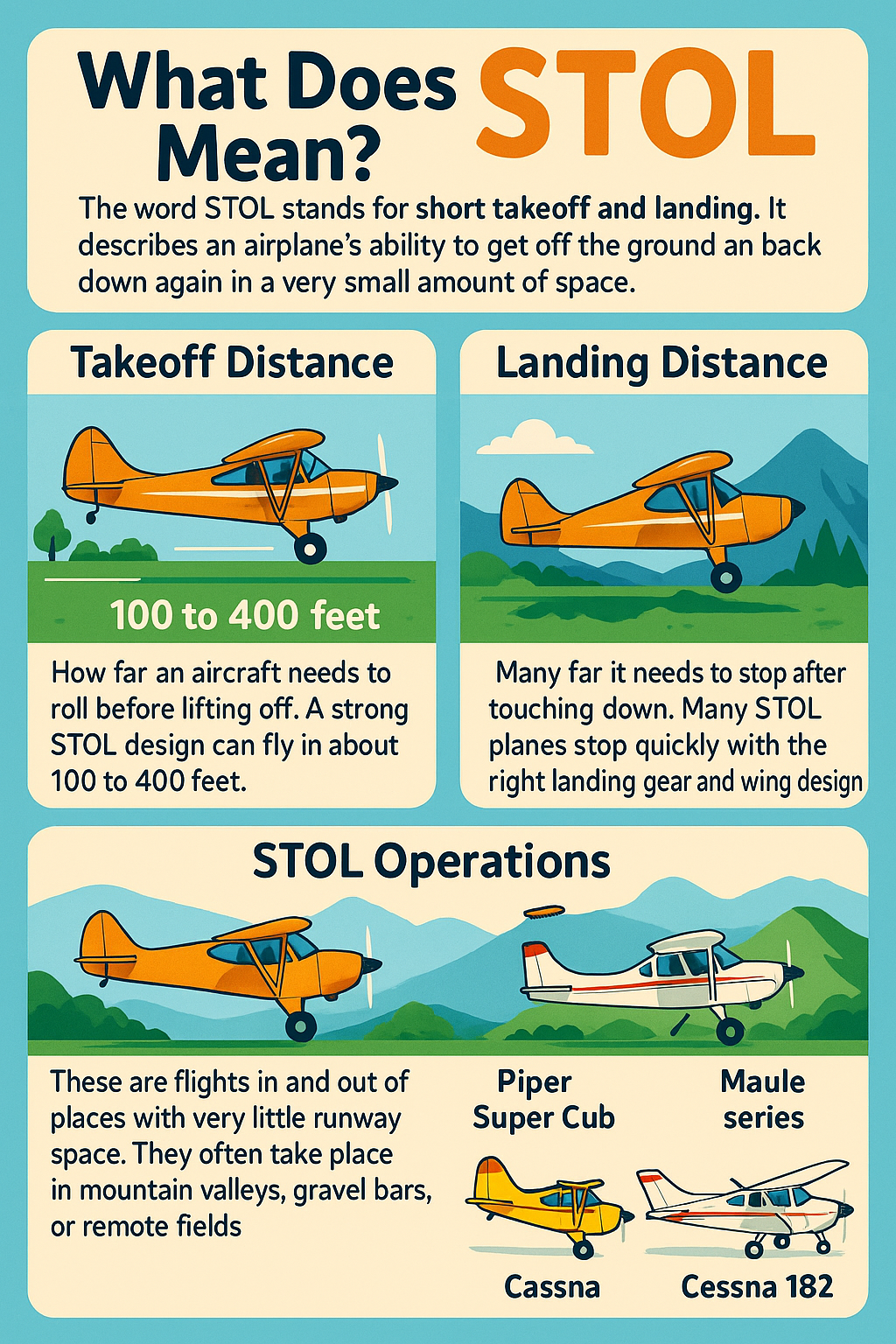
The word STOL stands for short takeoff and landing. It describes an airplane’s ability to get off the ground and back down again in a very small amount of space. In simple terms, STOL aircraft do not need a long runway. They can lift into the sky from a narrow grass strip and return to land in the same short distance.
Here are some points that explain STOL in clear terms:
A good example is a CubCrafters Carbon Cub. It has strong STOL capabilities and can rise into the air in less space than a soccer field. Another common type is the Piper Super Cub, a tailwheel airplane that has helped many bush pilots reach far-off villages.
The Maule series is another strong choice, offering extra seats for family or cargo while still keeping short-field ability.
Even a Cessna 182, which many people know as a family four-seater, can become a powerful backcountry airplane with a proper STOL kit.
STOL isn’t simply a label. It is a set of design ideas and flying skills that let a plane and a pilot work safely in tight spaces. These are the basics, and next we can look at how the planes are built to do it.
A STOL airplane is shaped and equipped to fly slowly, climb fast, and stop quickly. Engineers and pilots use a mix of design choices to make this happen.
Key features include:
Examples in action:
These features let planes perform in places where normal runways do not exist. Pilots call this type of flying backcountry flying, and they train carefully for it. Skills include reading the ground, knowing the wind, and judging altitude.
There are also competitions, like STOL drag events, where pilots race to show off their control in short fields. These are fun to watch, but they also prove how effective these designs can be.
In short, STOL planes are built for action in small spaces. Next, let’s look at the people who use them and why.
STOL planes serve many types of people. Some fly for work, while others do it for fun. What connects them is the need to operate safely in tight spaces.
Common users include:
Why they matter:
Not all STOL planes are small. Large designs also exist for carrying heavy cargo. While this article focuses on small backcountry airplanes, history shows how aircraft with extreme performance—like the best bomber aircrafts of the past—were also built with short-field strength in mind.
The variety of users shows how wide the demand is. From a tailwheel pilot flying into a farm strip, to a worker landing near a mountain village, STOL aircraft keep people connected.
The following are some of the most standout STOL aircraft. Each one has a special design, a story, and a purpose. Together they show how different airplanes can handle takeoff and landing distances in short, rough, or remote places.
These planes also give us a clear picture of what makes the best backcountry flying experience possible.
Comparison Table: 9 Best STOL Aircraft
| Aircraft | Seats | Engine Power | Takeoff Distance (approx.) | Landing Distance (approx.) | Stall Speed | Useful Load | Best Use Case | Key Highlight |
| CubCrafters Carbon Cub | 2 | 180–215 hp (light airframe) | 90–110 ft (demonstrated) | 140–155 ft | ~31–35 knots | ~900 lbs | Weekend fun, backcountry camping | Extreme short-field with very light weight and big engine |
| Piper Super Cub (PA-18) | 2 | 150–180 hp | ~200 ft | ~350 ft | ~40 knots | ~820 lbs | Classic bush plane utility | Historic icon of backcountry flying |
| Aviat Husky A-1C | 2 | 180–200 hp | 265–289 ft | ~397 ft | ~43 knots | ~925 lbs | Backcountry adventure, training | Solid effectiveness at low speed and rugged design |
| Maule M-7 Series | 4 | 210–260 hp | ~250 ft | ~900 ft (50 ft obstacle) | ~42 knots | 1,000–1,100 lbs | Four-place airplanes for family + cargo | Handles rough or rutted surfaces |
| Cessna 182 by Peterson’s Performance | 4 | 230–260 hp (mods improve low-speed handling) | ~450 ft (modded) | ~500 ft | ~35 knots (after mod) | ~1,000–1,200 lbs | Family trips with STOL kit | Mods reduce stall speeds and add safety |
| 182 by Peterson’s Performance Plus | 4 | 260 hp | Similar to above but more refined | Similar to above | Lower stall than stock | Similar to above | Personal/family airplane selection | Enhanced handling for short fields |
| Cessna 185 Skywagon | 6 | 300-hp | ~400 ft | ~650 ft | ~49 knots | ~1,500–1,700 lbs | Workhorse, cargo, remote strips | Huge useful load, handles high elevation |
| American Champion Scout | 2 | 180 hp | ~400 ft | ~500 ft | ~44 knots | ~800 lbs | Private owners, light utility | Affordable tailwheel airplane option |
| Just Aircraft SuperSTOL | 2 | 100–180 hp (depending on build) | ~150 ft | ~150 ft | 31-knot stall speed | ~600–800 lbs | STOL competitions, extreme strips | Wild short-field performer; popular in STOL drag |
| Quest/Daher Kodiak 100 | 10 | 750 hp turboprop | ~934 ft | ~765 ft | ~61 knots | ~3,500 lbs | Heavy loads, mission work, Denali area ops | Utility workhorse for NGOs, rugged gear |
Here are more details of each:
The Carbon Cub is often called a modern classic. Built with light materials and a big engine, this plane jumps into the sky quickly and can land in very tight spaces. Pilots who enjoy backcountry camping often choose it because it can reach strips that feel more like open fields than runways.
It also has excellent effectiveness at low speed, meaning it stays controllable even when flying slowly. This is a big reason why so many pilots point to the Carbon Cub when talking about airplane selection for true STOL flying.
The Piper Super Cub is one of the most famous bush planes ever built. For decades, pilots have trusted it to carry them into places no car could ever reach. It uses a tailwheel configuration and tough gear that works well on gravel bars, grass strips, or snow with skis.
Many bush pilots still call it their top choice, even with newer models on the market.
The Husky is sometimes compared to the Super Cub but built with more modern touches. It offers great balance between comfort and raw STOL performance.
The Husky is also popular with flight schools that train pilots for backcountry flying.
The Maule M-7 is known as a family hauler with STOL ability. Unlike smaller two-seat planes, the Maule can carry more people or gear, making it one of the most practical four-place airplanes for this type of flying.
The Maule series has been around for decades, proving it can stay strong in both private and work settings.
The Cessna 182 by Peterson’s Performance is a well-known upgrade for the trusted Skylane. Peterson’s modifications improve handling, especially at low speeds, and help reduce stall speeds for safer landings.
There’s also the 182 by Peterson’s Performance Plus, which builds on the same idea with even more refined control. Together, these versions give owners a dependable way to turn a common airplane into something ready for backcountry strips.
The Cessna 185 is another standout. With its 300-hp engine and heavy-duty design, it is one of the best utility planes for tough conditions.
A Cessna 185 can take hunters into the wilderness, bring supplies to villages, and still feel steady enough to inspire confidence in new pilots.
The American Champion Scout is a high-wing tailwheel airplane that deserves mention in any STOL list. It may not be as famous as a Cub, but it offers strong field performance and a proven airframe.
Many Scouts are used by private owners who enjoy the freedom of small backcountry strips on weekends.
The SuperSTOL stands out for its extreme slow-flight ability. With its automatic leading-edge slats and big flaps, it can fly safely at very low speeds.
This aircraft is often seen at STOL drag events, where its ability to start and stop quickly makes it a fan favorite.
The Kodiak 100, now built by Daher, is a turboprop built for rugged missions. Unlike smaller planes, the Kodiak carries heavy loads into truly tough environments.
The Kodiak has even been used for trips in areas near Denali, where mountains and altitude make flying a real challenge. It shows how bigger utility planes can still bring serious STOL capabilities to the table.
These nine airplanes prove that short-field flying can be both exciting and useful. From the tiny Carbon Cub to the tough Kodiak, each design shows a different side of what STOL can mean. Some are built for weekend adventures, while others keep villages supplied year-round. What they all share is the ability to lift off and land in places that normal planes avoid.
Together, they give us a clear picture of how airplane selection matters in the backcountry. When a pilot chooses a plane, they think about space, weight, speed, and mission. Each of these aircraft brings a special set of tools to help make flying safe and fun, even far from paved runways.
The world of STOL aircraft is exciting because it combines skill, adventure, and practical service. These planes can handle backcountry airstrips that would stop most other airplanes. They help explorers, workers, and families reach places that would otherwise stay hidden.
If you ever picture yourself as a backcountry pilot or even as a hobbyist looking for something new, learning about STOL planes is a smart start. They prove that runways do not have to be long for flight to be possible.
Ready to learn more about flying and explore great aircraft choices? Keep following us at Flying411 for guides, tips, and stories from the air.
A STOL plane can take off and land in very short distances, often using special wings, flaps, and strong engines.
Yes. A Cessna 182 with a proper STOL kit and strong landing gear can be a reliable backcountry airplane.
Yes, when flown with proper training and within limits. Many bush pilots rely on them daily in tough conditions.
No. Many do, but tricycle gear airplanes can also be fitted for short-field use.
STOL drag is a contest where pilots race by taking off and landing in the shortest space possible, showing precise control.